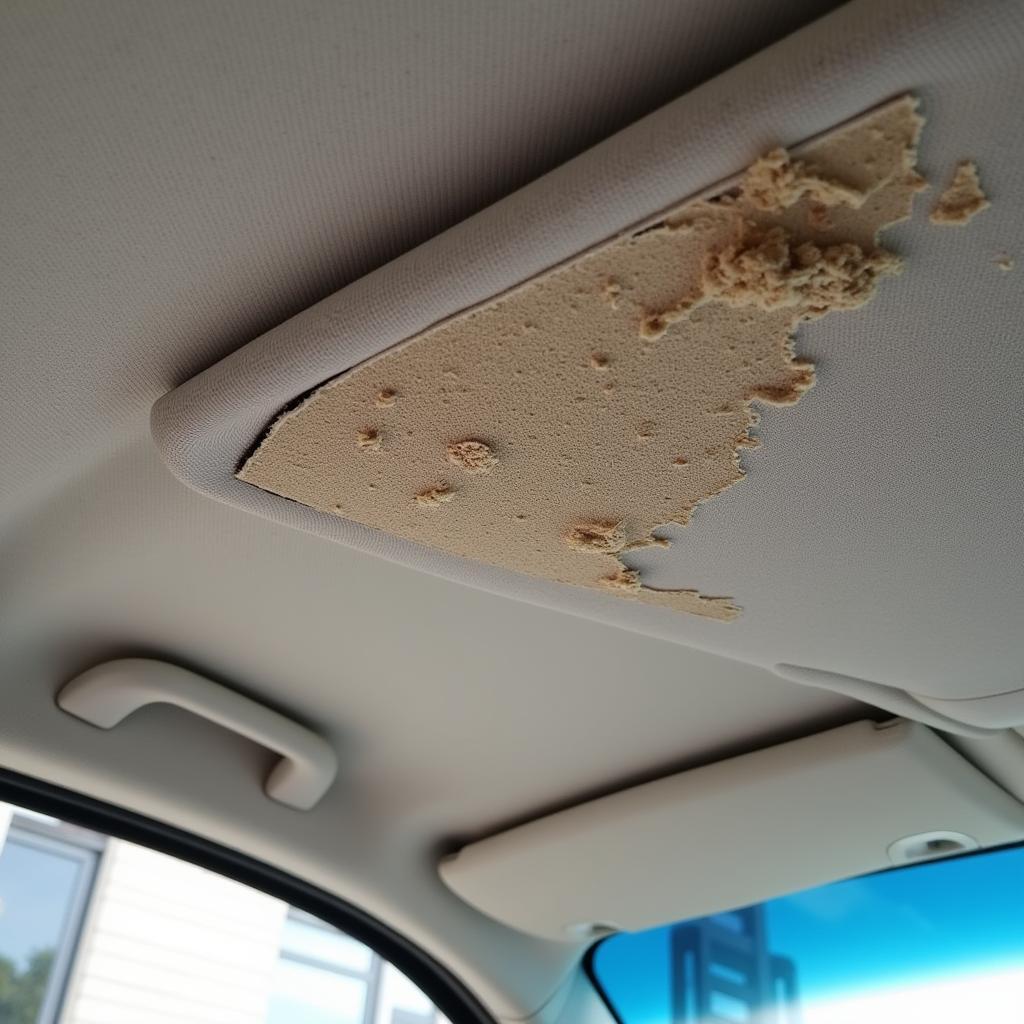When your car displays a gas cap code, it’s often a frustrating experience. It can be confusing to see that error code, and you might wonder what it means and how to fix it. This article aims to break down the causes of gas cap codes, explain how to interpret the code, and provide clear solutions for fixing the problem.
What Does a Gas Cap Code Mean?
A gas cap code is a diagnostic trouble code (DTC) that indicates a problem with the evaporative emissions (EVAP) system. The EVAP system is responsible for capturing and controlling fuel vapors that escape from the fuel tank. It works by routing these vapors through a charcoal canister, where they are stored until they can be safely burned in the engine.
The gas cap code is usually triggered when the car’s onboard computer detects a leak in the EVAP system. The most common cause of a leak is a loose or damaged gas cap. When the gas cap isn’t sealed properly, fuel vapors can escape, affecting the vehicle’s emissions.
Common Causes of Gas Cap Codes
While a loose or damaged gas cap is the most likely culprit, other factors can contribute to a gas cap code. These include:
- Damaged EVAP System Components: Other components in the EVAP system, such as the canister, hoses, or valves, can become damaged or cracked, leading to leaks.
- Vapor Pressure Sensor Malfunction: The vapor pressure sensor monitors the pressure in the EVAP system. If it malfunctions, it can trigger a gas cap code even if there is no leak.
- Fuel Tank Issues: A damaged fuel tank, a faulty fuel tank vent, or even a hole in the fuel tank can cause fuel vapors to escape, leading to a gas cap code.
How to Troubleshoot a Gas Cap Code
Here’s a step-by-step guide to help you troubleshoot a gas cap code:
- Check the Gas Cap: Start by ensuring the gas cap is securely tightened. If it’s loose, tighten it and see if the code clears.
- Reset the Check Engine Light: After tightening the gas cap, try resetting the check engine light. This can be done by disconnecting the battery for a few minutes or by using a code reader to clear the code.
- Inspect the Gas Cap: If the code persists, carefully inspect the gas cap for any damage, cracks, or missing parts. If you find any issues, replace the gas cap with a new one.
- Visually Inspect the EVAP System Components: If the gas cap and other components appear to be in good condition, you might need to check the other parts of the EVAP system for leaks. This might involve inspecting the canister, hoses, and valves for any signs of damage or cracks.
- Use a Smoke Test: If you’re unsure about the source of the leak, a smoke test can help pinpoint the problem. This test involves introducing smoke into the EVAP system, allowing you to observe where the smoke escapes.
- Consult a Mechanic: If you’re unable to identify the source of the leak, it’s best to consult a qualified mechanic for further diagnosis and repair.
What Happens If You Ignore a Gas Cap Code?
Ignoring a gas cap code can have several negative consequences:
- Increased Emissions: Fuel vapors escaping from a leak in the EVAP system contribute to air pollution.
- Reduced Fuel Efficiency: The car might consume more fuel as it tries to compensate for the leaking fuel vapors.
- Engine Problems: In some cases, the excessive vapors can cause engine problems, such as misfires or stalling.
- Failing Emissions Test: A car with a gas cap code may fail its emissions test, which could result in fines or restrictions on driving.
Common Gas Cap Code Questions
Q: Can I drive my car with a gas cap code?
A: While it’s generally safe to drive your car with a gas cap code, it’s best to address the issue as soon as possible.
Q: How much does it cost to fix a gas cap code?
A: The cost to fix a gas cap code can vary depending on the cause of the problem. If it’s just a loose or damaged gas cap, it might cost only a few dollars.
Q: Can I fix a gas cap code myself?
A: Yes, you can often fix a gas cap code yourself by tightening or replacing the gas cap. However, if the problem persists or if you’re not comfortable inspecting the EVAP system, it’s best to take it to a mechanic.
Conclusion
A gas cap code is a common problem that can easily be resolved. By following the troubleshooting steps above, you can identify and fix the issue and prevent potential complications. Remember to always consult a qualified mechanic if you have any doubts or if the problem persists.
For further assistance with car repair or maintenance, please contact AutoTipPro at +1 (641) 206-8880.
We are here to help you keep your car running smoothly!






Leave a Reply